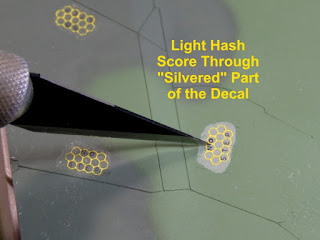My friend Jamie from Australia. Sent me this email. The email is full of grat information on the River Rat C-47. Looks like the aircraft had numerous different paint scheme.
Hi Jamie, I've attached an email I received from Greg Lewis (USAF Ret), who's Dad may well have flown 'our Dakota'
Sorry to be late getting back to you, dealing with a lot of snow here in the NE of the USA. I really got a kick out of this picture. This C-47 belongs to what was the 355th Tactical Fighter Wing based at Tahkli Royal Thai Airbase, probably taken around 1967. At that time, the 355th flew F-105s and EB-66s, and along with the 388th at Korat, was responsible for most of the Rolling Thunder bombing of Hanoi and Haiphong. Our organization was founded the year prior. Also, most USAF bases, including Tahkli and Korat had a couple C-47s assigned for their use as “utility” aircraft. Here’s the cool part, my father, Oliver W Lewis, was the support group commander at Tahkli, responsible for all things required to “support” a combat operation. Dad was a WWII B-29 pilot and a Korean War B-26 pilot, but was sent to Tahkli in a non-flying job to run the support group, which he had done in the USA at other bases. Since he had lots of time flying C-47s after WWII, he checked out in Tahkli’s C-47 and flew it all over South East Asia, he may very well have flown this aircraft. To answer your specific question, Tahkli hosted River Rats tactics conference in 1967 and 1968 I believe. This airplane flew to other bases to bring combat pilots to Tahkli, the “party bus.” Obviously the additions to the standard paintjob are “non-regulation,” we fighter pilots have a rebellious streak! I’m sure the rest of the aircraft had the standard USAF markings. Dad passed in 1994 way too young at 71 years old from a horrible cancer which I have come to believe was very likely a result of Agent Orange exposure. I had my own 29 year USAF career and a second 18 year career as a pilot for Southwest Airlines. After retiring from SWA, I took this on as a fun part time job to keep me off the streets. I was a 15 year old kid at the time of the photo, and by the way, many years later, had a wonderful tour in the UK flying A-10s from 1979-82, fond memories. Anyway, hope this helps, made my day!
Greg


























